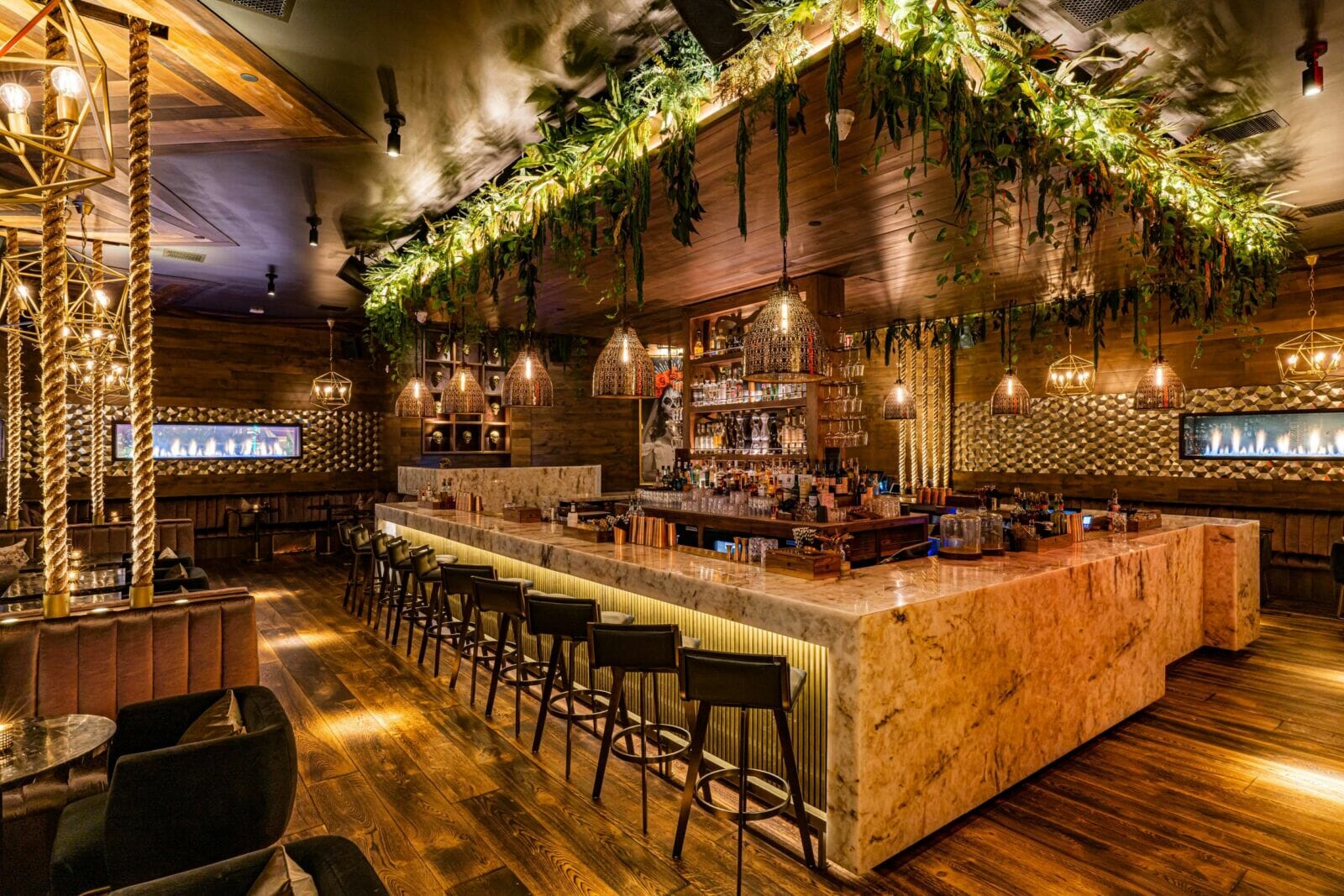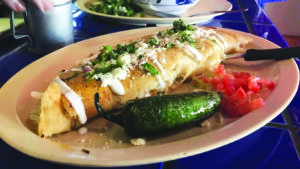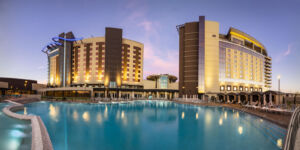After a difficult 2020 restaurant owners and their patrons are excited to dine in again. The return of restaurant dining means many restaurateurs are looking to enhance the dining room experience to create something unique and exciting for diners. As an interior designer, I have worked with many Valley restaurateurs to improve their dining space. Here are some of the most popular restaurant design trends used by Phoenix restaurant owners.
READ ALSO: Top 7 lodging trends to watch in 2022
A dining experience that encapsulates all the senses
Experiential dining is a dining experience that activates all your senses by incorporating a stimulating dining experience from the food to the design of the restaurant. This means the dining experience must fully draw you in with unique sights, sounds, tastes, and smells. For example, a restaurant looking to give you the feel of eating in a beautiful garden might use real plant or floral decorations to give the impression the diner is outside. They may also run the sound of a waterfall or calm music through the speaker system or use digital screens to portray the image of a garden scape. They may also craft cocktails that give off a floral aroma.
Integrating all these sensory elements into your restaurant’s menu and design gives the diner an experience they can not get anywhere else and helps you stand out in a crowded and competitive industry.
Blurring the line between day and night

When we think about a bar we usually think of a space that gives off dark and intimate nighttime vibes. A nice cocktail bar or a speakeasy comes to mind when you think of your typical nighttime bar. However, the line between night and day is being blurred as bar and restaurant owners look to design spaces that can transition from afternoon to night while giving the space a unique feel during each time of day.
Patrons want a bar space that is worth going to during the day and night. This means creating a space that works for evening cocktails as well as afternoon coffee. This means designers have to be mindful of how the space looks when the lights are turned off. Designers select things that can have an impact when at low light levels such as heavy textures, bar fronts, columns in the space, and the fabric on the bar stools. Using contrasting colors in the space can make different parts of the bar stand out at different times of the day.
Lighting is also incredibly important in transitioning your bar from a day space to a night space. This means allowing a lot of natural light to shine in the daytime and using intimate dimmable lights at night.
Restaurant and bar owners are looking for a space that accommodates patrons at all times of the day.
Ditch the television
A few years ago every bar needed a television so patrons could watch the game and casually have a drink. However, there are many bar owners looking to ditch televisions entirely in order to make their bar more of an experience about drinks, communication, and crafting a personal connection.
Ditching the television has become increasingly popular with any bar that has a cocktail heavy focus. The many customers want to focus on the company they are with as the mixologist concocts an intricate cocktail instead of simply watching the game.
Bringing the outdoors indoors
Restaurant owners have really taken to the concept of biophilic interior design. This design concept brings the life and beauty of the outdoors inside your restaurant. You can incorporate biophilic design into your restaurant by designing with vegetation and flora so your customers feel like they are outside and not cooped up indoors. A restaurant owner could also use natural tones in their material pallet to mimic the rocks outside or the surrounding trees.
Biophilic design is great because you can give your patrons that outdoor feel in a climate-controlled setting. Outdoor patios create a wonderful dining experience, but they are limited by the weather outside.
Valley restaurant owners are looking to give their patrons a more complete dining experience that encapsulates all the senses. These design trends help them craft that complete experience.
Dala Al-Fuwaires is the Owner and Principal Designer at House of Form a boutique hospitality design firm based in Scottsdale. They specialize in creating memorable spaces and experiences for restaurants, hotel groups, and other commercial spaces.




